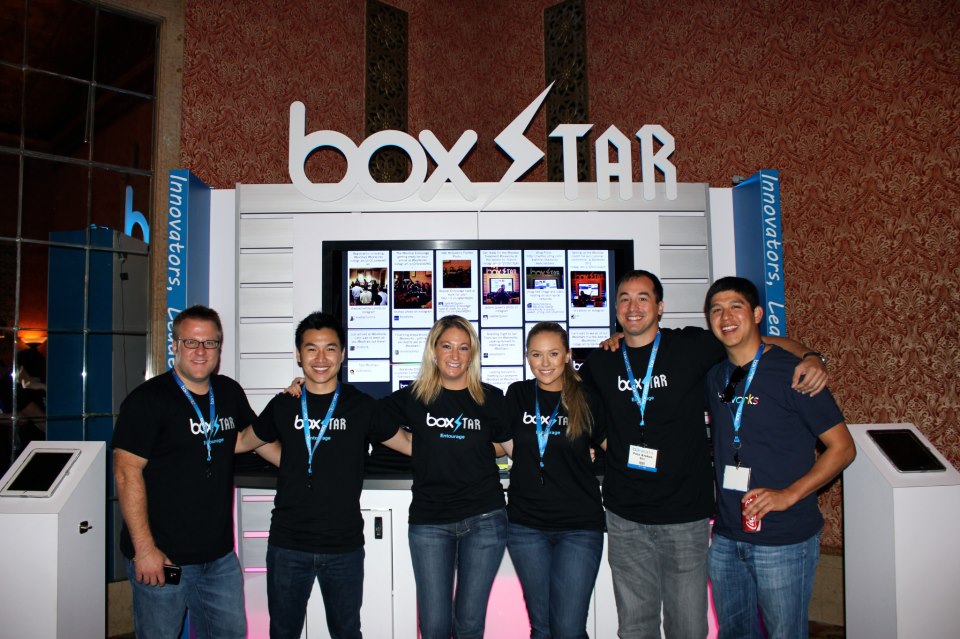Back in the day, I was meeting with one of Adobe Sign’s largest customers at that time, Groupon. I’d flown all the from the Bay Area to Chicago in the darn middle of a windy winter. And as I was coming in, someone else was leaving – Marc Benioff, CEO of Salesforce. He’d come as well (flying private I assume, and possibly straight from Hawaii) to … kiss the customer’s arse, as near as I could tell. At the time, Groupon was one of Salesforce’s largest next-generation internet customers, adding thousands of seats a quarter. But this wasn’t a sales call. It was an in-person, fuel up the jet, arse-kissing customer call by the CEO of Salesforce to the CEO of a top customer.
It did surprise me. I mean, Marc Benioff didn’t and doesn’t have to kiss anyone’s arse. He’s a billionaire and the OG king of SaaS. And most importantly, he has people. Lots of people. Strong people. Who can go do arse kissing for him.
So what was up? It took me a while to process. Then I went to the first Dreamforce I didn’t have to do booth duty at. Which gave me time to walk around and reflect reflect. After that, Aaron Levie was kind enough to invite me to moderate a panel at BoxWorks and I had a chance to talk to a bunch of customers that for the first time, I wasn’t trying to sell to myself. And so many talked to me about the personal relationships they felt they had with Aaron.
And then it became clear. Customer events and communication are all about maintaining (not creating, but maintaining) attitudinal loyalty (whether everyone realizes it or not). Yes, sales reps will tell you they close the most deals of the year at Dreamforce, or at least that they used to. But I think that’s really secondary.
Creating Attitudinal Loyalty is one of the single most important things you can do. It builds 30+ year customers, and importantly, it primes them to buy not just more licenses from you — but more products.
If you haven’t explored the difference between Behavioral and Attitudinal loyalty, it’s one of the most important things you can understand in SaaS customer success. Basically, the theory states that customers are loyal for one of two reasons: habit, or habit+they love you.
- The classic example of Behavioral Loyalty is say United Airlines. Almost no one loves United. But the customers are still loyal, i.e. they are still repeat customers, because (1) they get invested in the frequent flyer program and (2) the particular flights are understood and familiar.
- The classic extreme example of Attitudinal Loyalty are say Apple and Tesla. Both at times come up short on service and more. Yet, we not only love them. We want to buy all their new stuff. Everything from them.
Note that both have brands. The United brand is as strong as Apple or Tesla, or close to it. But the type of loyalty is very different.
The key difference market researchers say between Behavioral and Attitudinal loyalty isn’t what you’d expect — the initial churn rate. The gross churn rate is often similar in the early days. The difference is the upsell. Brands we are attitudinally loyalty to, we want to buy more stuff from. Apple comes out with a watch, headphones, even maybe someday a car? We’ll take a look for sure. United comes out with a car rental program? No way I’ll waste 5 seconds looking at it.
And in SaaS, brands we are attitudinal loyalty to, we buy more from. We buy site licenses. We buy more seats. We buy more products and modules, e.g. for Salesforce, the Service Cloud, and the Marketing Cloud, etc. etc. The customer may or may not buy. But if they are attitudinally loyal — they will at least take a look.
Ok, so what does this have to do with Dreamforce, BoxWorks, and Benioff’s courtesy call?
Well, here’s what I think happens with SaaS. You need to structure your team to evolve this way:
- At first, your customers buy your product because it is better. Often, 10x better than what is out there. Otherwise, why change?
- And in the beginning, they are in fact attitudinally loyal by definition. They bought something 10x better. It’s cool. They love your brand, so long as you keep adding cool features, and your site stay up.
- I think that works for about 18-24 mos. Great product = great success for your buyer/champion = attitudinal loyalty.
- And then … you have to kiss some arse. At least in the enterprise. You gotta get on a plane, and go kiss some arse. You have to do more customer Zooms. Integrate them into your roadmap. Do customer events and steak dinners and more. As much of it as you can.
- And overstaff your customer success department as long as you can. Make sure someone always is there to help, to pick up the phone. Make sure you do QBRs, and roadmap reviews. Make sure as many of your customers as possible know who their personal CS manager is — and are reached out to proactively by them regularly.
- And make sure you are spending a significant amount of time and money in customer marketing. Marketing doesn’t end once the deal closes. More on that here.
You can upsell in the early days without Attitudinal Loyalty, if you have a 10x feature no one else has. But after that, you need to keep the personal connection going to maintain attitudinal loyalty. You don’t have to get on a plane and/or do 10+ customer Zooms a week. You’ll probably keep the customer due to behavioral loyalty. But they’ll fall out of love, and you’ll find it hard to sell them anything more, or anything else.


